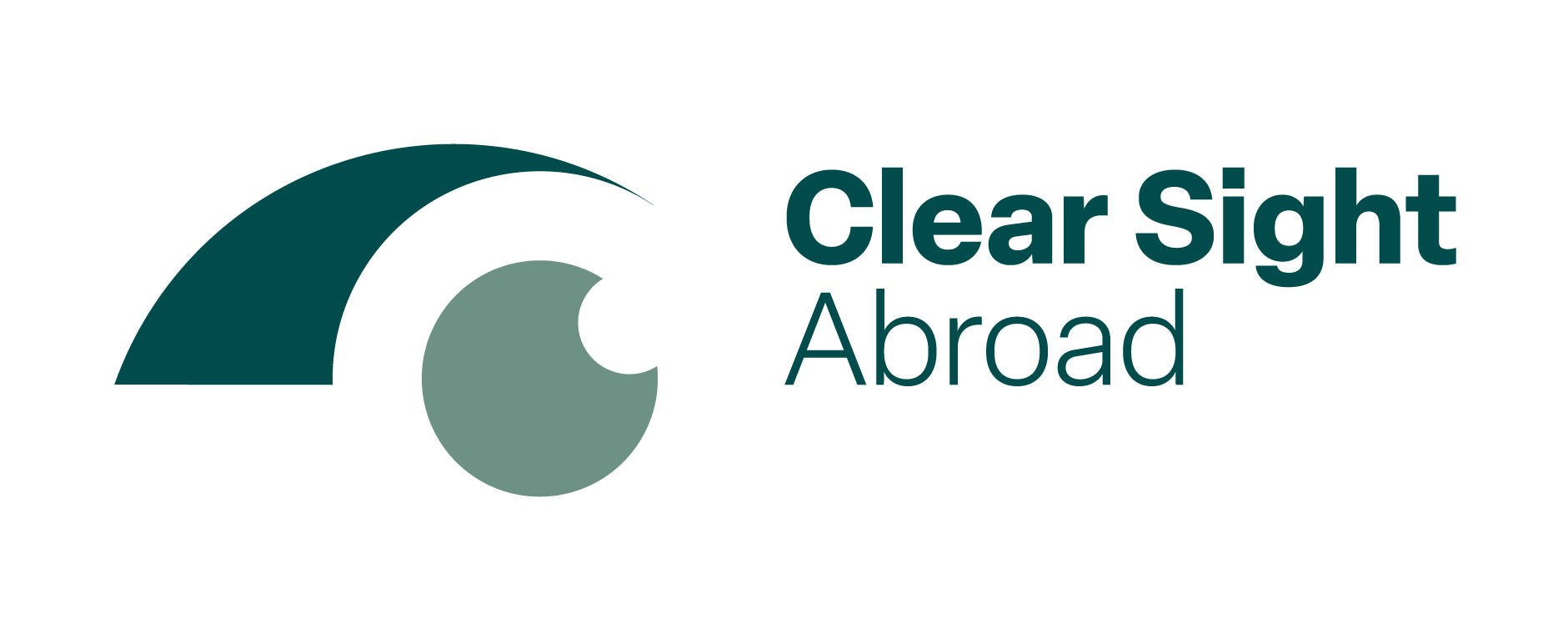LASIK (Laser-Assisted in Situ Keratomileusis) is a popular laser eye surgery that corrects vision problems such as myopia (nearsightedness), hyperopia (farsightedness), and astigmatism. The procedure reshapes the cornea to enable light entering the eye to be properly focused onto the retina for clearer vision. While LASIK has become a common and effective treatment, many individuals considering the surgery often wonder: What is the best age to get LASIK?

Age Considerations for LASIK Surgery
There isn’t a one-size-fits-all answer, but the optimal age range is typically between 20 and 40 years old. Several factors influence this recommendation, including the stability of vision, the natural changes in the eyes over time, and the likelihood of developing age-related conditions. Below, we break down these factors to help you understand why this age range is often considered ideal.
1. Stability of Vision
The primary consideration for determining the right age for LASIK is the stability of your vision. Vision can fluctuate during adolescence and into the early twenties due to ongoing growth and changes in the eyes. Most LASIK surgeons recommend waiting until your prescription has remained stable for at least one to two years.
- Age 20-24: This age group is generally considered too young for LASIK, not because of age alone, but because vision may still be changing. If your vision is stable by your early twenties, you may be a candidate, but close monitoring is essential.
- Age 25-40: This is often considered the sweet spot for LASIK. By the mid-twenties, most people’s vision has stabilized, making this an ideal time for the procedure. At this age, the eyes are typically healthy, and the likelihood of significant vision changes post-surgery is low.
2. Eye Health and Condition
Healthy eyes are crucial for a successful LASIK outcome. Certain conditions that tend to develop with age can affect your eligibility for LASIK.
- Age 40-50: After age 40, some individuals start to experience presbyopia, a condition where the eye’s lens becomes less flexible, making it difficult to focus on close objects. While LASIK can correct distance vision, it cannot prevent or treat presbyopia, meaning you might still need reading glasses after surgery. Some people in this age group may consider monovision LASIK, where one eye is corrected for distance vision and the other for near vision.
- Age 50 and beyond: While LASIK can still be performed successfully in your 50s and even 60s, other age-related conditions such as cataracts or dry eyes may influence the decision. Cataracts, which typically develop after age 60, cloud the eye’s natural lens and may require lens replacement surgery instead of LASIK. In cases of significant dry eye syndrome, which becomes more common with age, LASIK might not be recommended as it can exacerbate the condition.
3. Long-Term Considerations
Another factor to consider is the long-term benefits of LASIK. Getting LASIK earlier in life (mid-20s to early 40s) allows you to enjoy the benefits of clear vision without corrective lenses for many years. However, as you age, you may still need reading glasses or even cataract surgery, regardless of whether you’ve had LASIK.
4. Psychological and Lifestyle Factors
- Younger Adults (20s to early 30s): This is often a time of significant life changes, such as starting a career, traveling, or pursuing hobbies that may benefit from the convenience of not wearing glasses or contacts. The psychological benefits of LASIK, such as increased confidence and a more active lifestyle, are often significant for people in this age range.
- Older Adults (40s to 50s): At this stage, people often seek LASIK to improve quality of life, particularly if they are dealing with the inconvenience of progressive lenses or bifocals. However, they should weigh the potential benefits against the possibility of needing additional vision correction later due to presbyopia or other age-related changes.
Conclusion
The best age for LASIK largely depends on individual circumstances, including the stability of your vision, overall eye health, and lifestyle needs. Generally, the optimal age range is between 25 and 40, when vision is stable, and the eyes are less likely to have age-related conditions that could complicate surgery.
However, older adults in their 40s and 50s can also be good candidates for LASIK, especially if they are well-informed about the potential for presbyopia and the future need for reading glasses. Consulting with a qualified ophthalmologist is crucial for determining if and when LASIK is right for you.
Ultimately, the decision to undergo LASIK should be based on a thorough evaluation by an eye care professional, taking into account your vision stability, eye health, and personal goals.




